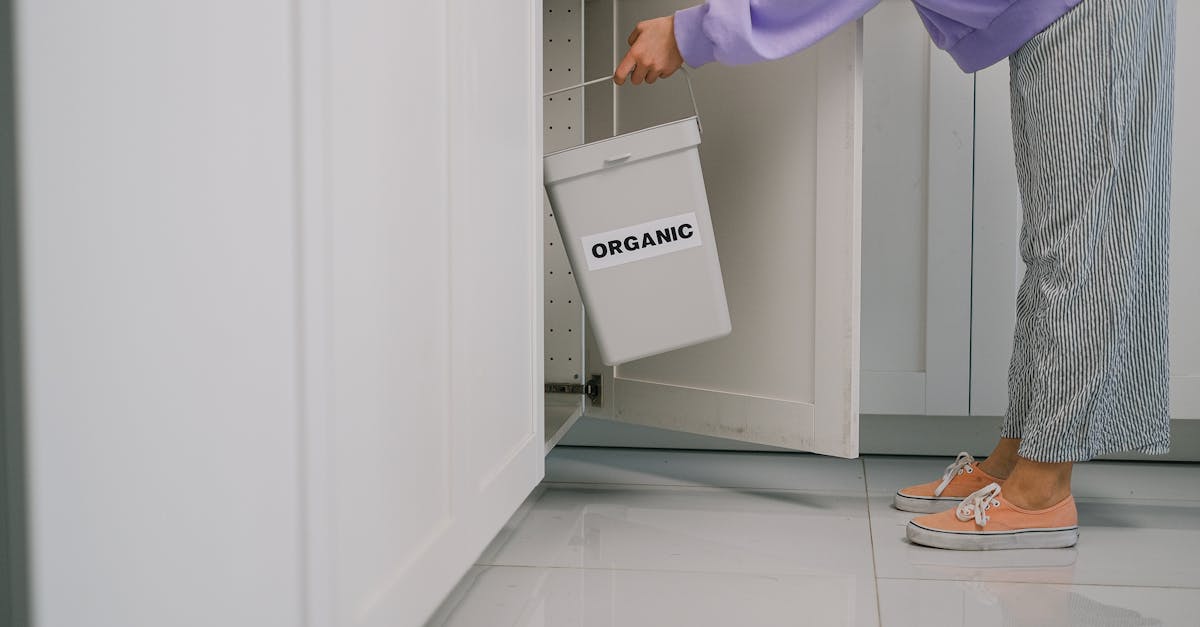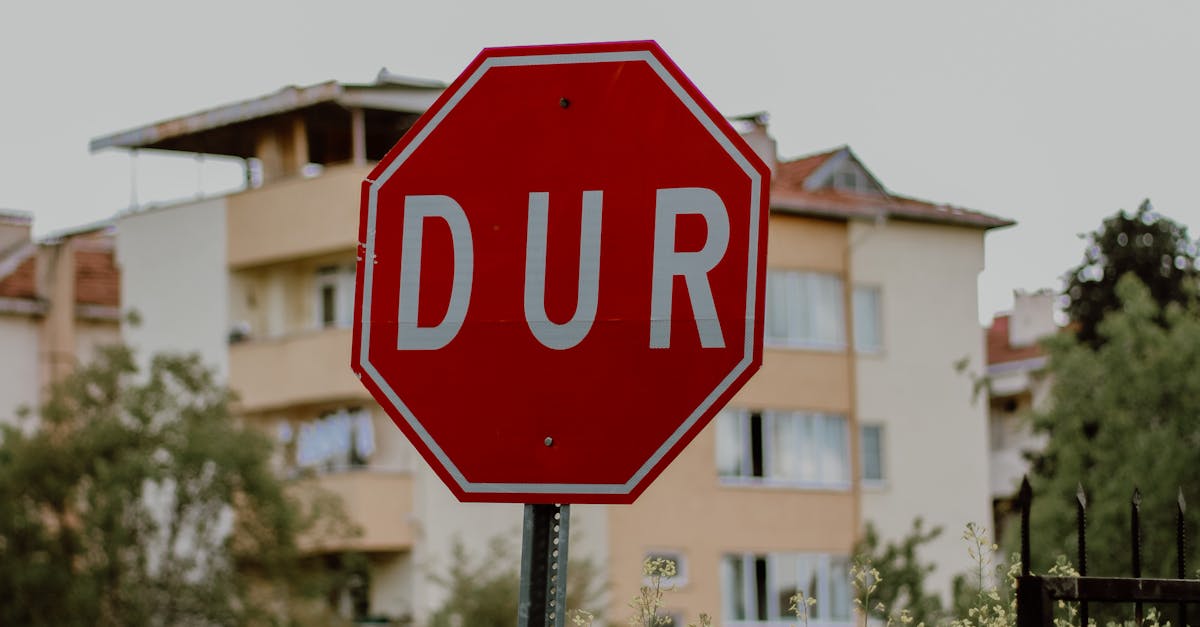
How To Build A Compost Bin On A Budget
- October 02, 2024
- 4 min Read
- Views 401
How to Build a Compost Bin on a Budget
Building a compost bin is an excellent way to recycle kitchen scraps and yard waste into valuable compost. If you're interested in embarking on this eco-friendly project without spending a fortune, you're in the right place. This guide will walk you through how to build a compost bin on a budget, using readily available materials and simple steps. Let's dive into the rewarding journey of composting.
Why Composting is Important
Composting is a sustainable practice that helps reduce the amount of waste we send to landfills. By turning organic waste into nutrient-rich compost, you can enhance your garden soil, improve plant health, and reduce your reliance on chemical fertilizers. Composting nurtures not only your garden but also the environment.
Choosing the Right Location
Before you start building your compost bin, it's critical to choose the perfect spot in your yard. Ideally, you'll want a location that is well-drained, receives partial sunlight, and is easily accessible—both for adding materials and for retrieving finished compost. Placing the compost bin on soil, rather than on concrete or other surfaces, allows beneficial organisms to enter from the ground.
Materials for a Budget-Friendly Compost Bin
Fortunately, building a compost bin doesn't require expensive materials. You can often repurpose items you already have lying around the house. Here are some budget-friendly options:
- Pallets: Many businesses give away wooden pallets for free or at a minimal cost. These make excellent structure walls.
- Wire Mesh: Used wire mesh or chicken wire can create a simple, effective compost bin when secured with wooden stakes.
- Plastic Bins: Repurpose old large plastic bins by drilling holes to provide necessary aeration.
- Old Lumber: Leftover pieces of wood can be fashioned into a sturdy compost bin.
Step-by-Step Guide to Build Your Compost Bin
1. Gathering Materials
Collect all necessary materials, such as wooden pallets, nails or screws, a hammer, a saw, wire mesh, and any other components based on the chosen design.
2. Constructing the Frame
Start by creating the base. Arrange wooden pallets in a rectangular or square pattern, ensuring they are upright and stable. Use nails or screws to secure them together. If you're using wire mesh, form a cylindrical shape and use wooden stakes to keep it in place.
3. Adding an Aeration System
Compost relies on proper air circulation. Drill small holes around the sides of your bin if using a plastic bin, or ensure the gaps between pallets or wire mesh are sufficient for airflow. You may also insert PVC pipes or branches to create pockets through which air can flow.
4. Making a Lid
To keep pests out and help regulate moisture, it's advisable to have a lid on your compost bin. Use a piece of plywood, wire mesh, or an old tarp to cover the bin. Ensure the lid is easily removable for adding materials and mixing the compost.
Maintaining Your Compost Bin
Once your compost bin is set up, maintenance is crucial for successful composting. Here are some tips:
- Balance Browns and Greens: Alternate layers of carbon-rich 'browns' (like dry leaves, paper) and nitrogen-rich 'greens' (like vegetable scraps, coffee grounds).
- Moisture Control: The compost should be as damp as a wrung-out sponge. Water occasionally if too dry, or add dry materials if too wet.
- Aeration: Turn the compost regularly with a garden fork to speed up the decomposition process and prevent odor.
FAQs
Can I compost meat and dairy products?
While it is possible, it's not recommended for beginners. These items can attract pests and create odors that are difficult to manage. Stick to plant-based materials for best results.
How long does it take to get usable compost?
The time varies based on factors like temperature, materials used, and how often it's turned. Typically, it can take anywhere from three months to a year to produce finished compost.
Is it necessary to buy compost activators?
No, compost activators can speed up the process but are not necessary. Regularly turning the compost and maintaining a good balance of materials will naturally encourage decomposition.
Tags
#composting #DIYCompostBin #GardenWaste #EcoFriendly #SustainableGardening #BuildOnABudget #CompostingTips #Gardening #RecyclingWaste #OrganicGardening
References
For further reading, you might find these resources helpful:
People Also View
-
1September 30, 2024
-
2October 03, 2024
-
3October 14, 2024
-
4September 30, 2024
-
5September 30, 2024
Categories
- Near Me 2147 Posts
- How To 548 Posts
- Where To 257 Posts
- Why 90 Posts
- How Much 97 Posts
- Travel 202 Posts
- Food And Drink 815 Posts
- Shopping 797 Posts
- Lifestyle 1050 Posts
- Automotive 364 Posts
- Digital Income 70 Posts








